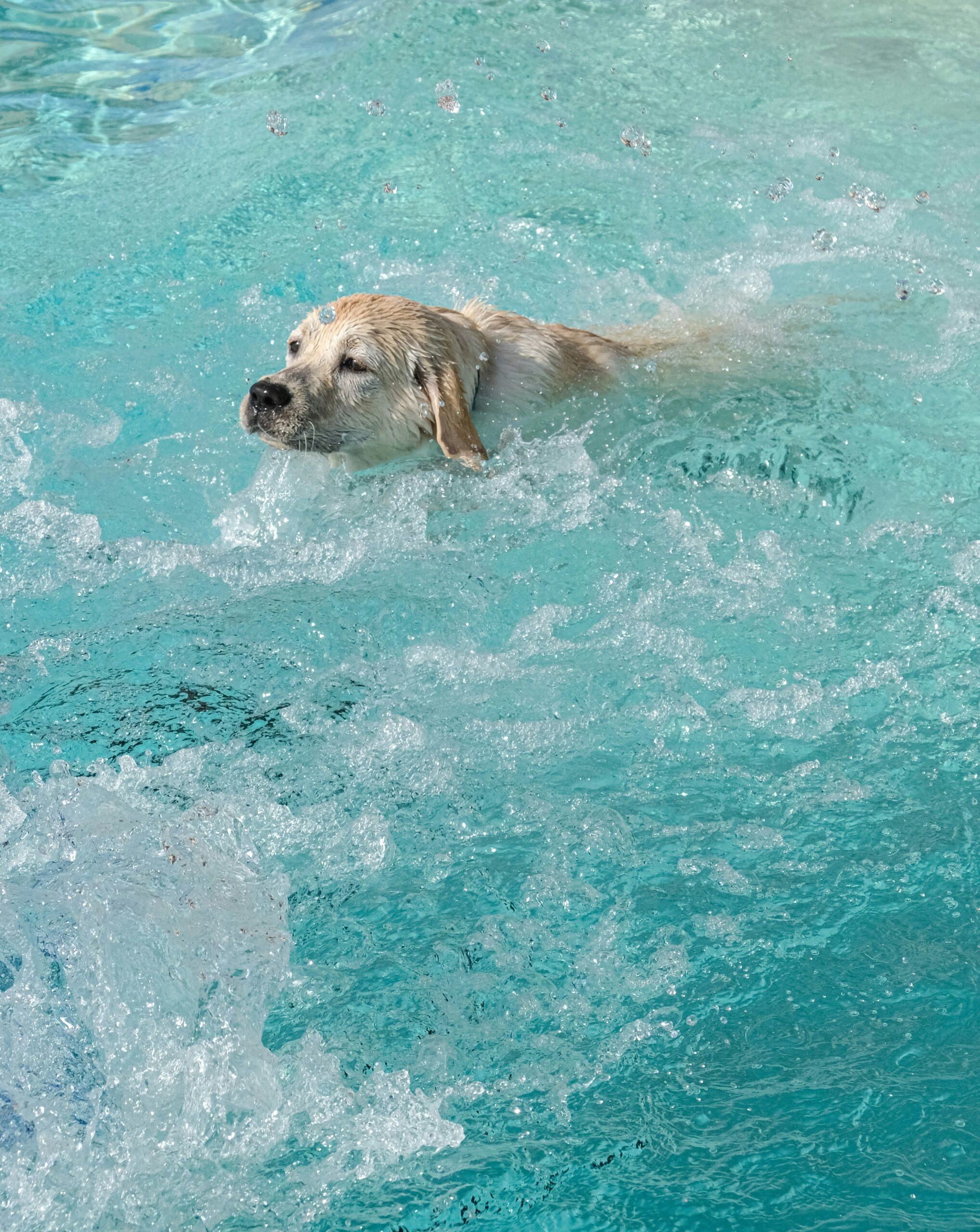As a dog owner, keeping your dog healthy and free of parasites such as fleas and ticks is a constant priority. These pests are not only annoying, but can cause serious health problems for our pets. In this article, I will provide you with comprehensive information on preventative methods and practical tips that will make it easier for you to keep your canine companion safe and healthy. We'll start by exploring why it is so crucial to prevent these parasites.
Importance of flea and tick prevention
Fleas and ticks are not simple invaders; they can be vectors of serious diseases in dogs, such as Lyme disease, ehrlichiosis or allergic dermatitis. These conditions not only affect the well-being of our pets, but can also result in significant veterinary treatment costs.
Preventing these infestations is essential, as it acts as the first line of defense to avoid more serious health problems. In addition, regular prevention helps minimize the risk of infestations in the home, which can be difficult to eradicate once established.
Effective methods to prevent fleas and ticks
Topical and oral treatments
Topical and oral treatments are one of the most common and effective ways to prevent fleas and ticks. Topicals, usually applied monthly, are placed directly on the dog's skin, offering prolonged protection. Oral treatments, on the other hand, are usually available in chewable tablet form and work from the inside by absorbing into the pet's bloodstream.
Benefits of oral treatments:
- They are not affected by bathing or exposure to water.
- They generally have a rapid onset of action.
It is always advisable to consult a veterinarian to choose the most appropriate treatment according to the specific needs of the dog.
Natural and homemade solutions
For those who prefer more natural options, there are several alternatives. For example, the use of essential oils such as neem and eucalyptus are recognized for their repellent properties. However, it is crucial to use them properly, as they can be toxic if not diluted correctly.
A homemade approach might include:
- Prepare a homemade repellent spray with water, apple cider vinegar and a few drops of dog-safe essential oils.
- Add small amounts of garlic to the dog's diet, which naturally repels fleas.
It is always advisable to discuss any natural solution with a veterinarian to avoid possible adverse reactions.
Practical tips to keep your dog pest-free
Regular inspection and grooming of the coat
Maintaining a routine inspection and grooming routine is critical in the prevention of fleas and ticks. During grooming, I look for specific areas such as behind the ears, the neck, under the legs and the base of the tail. Fine-toothed combs are excellent allies in detecting these parasites in the coat.
By following these simple steps, I can ensure that any potential problems are detected and treated in a timely manner.
Maintenance of the environment
A clean, well-maintained environment is key to preventing the proliferation of fleas and ticks. Here are some strategies that I consider effective:
- Frequent washing of pet bedding with hot water.
- Regular vacuuming of carpets and upholstery, paying attention to the dog's favorite areas.
- Yard maintenance, removing piles of leaves and trimming the lawn.
Without this regular care, the home can become a haven for these parasites, increasing the risk of infestation.
What to do if your dog already has fleas or ticks
If I notice that my dog is already affected by fleas or ticks, it is crucial to act immediately. Here is a step-by-step action plan:
- Use a veterinarian-approved flea and tick treatment to quickly eliminate adult parasites.
- Groom the dog with an anti-flea shampoo to eliminate any trace of eggs or larvae.
- Make sure to thoroughly clean the dog's environment using safe insecticides if necessary.
When to consult a veterinarian: If symptoms persist after initial treatment or if the dog shows signs of illness, it is vital to see a veterinarian for a complete evaluation.



